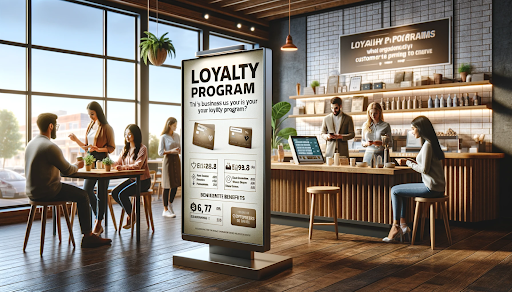March 16, 2023

In today’s fast-paced and competitive market, retaining customers is not just a goal but a necessity for businesses aiming for long-term success. Customer retention refers to the strategies and actions companies take to reduce the number of customer defections. The significance of retaining existing customers cannot be overstated, especially when compared to the higher costs associated with acquiring new ones. This article delves into various effective tactics that can be employed to keep customers loyal and engaged. From understanding customer needs to implementing robust loyalty programs and effective churn prevention measures, we’ll explore how businesses can maintain a steady and loyal customer base in a market where competition is always just around the corner.
Understanding what your customers want and expect is the cornerstone of customer retention. Techniques like surveys and focus groups can provide invaluable insights into customer preferences and areas for improvement.
The feedback collected should be the guiding force behind any modifications or enhancements to your products or services. This responsiveness not only improves your offerings but also shows customers that their opinions are valued and considered.
In the age of information, personalization has become a key player in enhancing customer experience. Tailoring marketing efforts, product recommendations, and services to individual customers can significantly boost their engagement and satisfaction.
Technology, particularly AI and data analytics, has made it easier for businesses to implement personalization at scale, offering customers a unique experience that resonates with their individual preferences.
Loyalty programs come in various forms, such as points-based systems, tiered rewards, and subscription-based benefits. Choosing the right type depends on your business model and customer base.
A well-designed loyalty program not only incentivizes repeat business but also strengthens the emotional connection with the brand. Here are three examples of successful loyalty programs:
A popular coffee chain implemented a points-based loyalty program where customers earn points for each purchase. These points can be redeemed for free drinks, food items, or merchandise. This approach not only encourages repeat purchases but also allows the chain to gather data on customer preferences.
An airline company offers a tiered loyalty program where frequent flyers can achieve different status levels – Silver, Gold, and Platinum. Each level offers increasing benefits, such as priority boarding, extra baggage allowance, and access to exclusive lounges. This tiered system motivates customers to continue flying with the airline to attain higher status and better perks.
A clothing retailer introduced a subscription-based loyalty program where customers pay a yearly fee to receive benefits like free shipping, early access to sales, and exclusive items. This model not only generates a steady revenue stream for the retailer but also builds a community of loyal, engaged customers who feel they are getting value from their subscription.
Quality customer service is pivotal in retaining customers. It can be the deciding factor in whether a customer stays loyal or takes their business elsewhere.
Providing support across various channels – phone, email, social media, and live chat – ensures that customers can reach out in the way that is most convenient for them.
Identifying the reasons why customers leave and addressing these issues is crucial for churn prevention. It involves recognizing patterns and taking proactive measures to keep customers satisfied.
Regularly engaging with customers and following up on their experiences can help in identifying potential issues before they lead to churn.
Customer Relationship Management (CRM) systems play a vital role in tracking customer interactions and managing relationships effectively.
AI and analytics can be used to predict customer behaviours and preferences, enabling businesses to tailor their strategies accordingly.
The market is constantly evolving, and so are customer preferences. Businesses need to stay agile and adapt their customer retention strategies accordingly.
An iterative approach allows businesses to continuously test and refine their strategies for better outcomes.
Retaining customers in today’s competitive market requires a multifaceted approach. By understanding and addressing customer needs, personalizing experiences, implementing effective loyalty programs, ensuring quality customer service, and employing churn prevention tactics, businesses can maintain a loyal and engaged customer base. The key to successful customer retention lies in continuously adapting and improving strategies to meet the ever-changing market demands.
Customer retention refers to the strategies and actions a business takes to encourage its existing customers to continue using its products or services. It’s vital because retaining an existing customer is generally more cost-effective than acquiring a new one. High customer retention rates also indicate customer satisfaction, which can lead to repeat sales and word-of-mouth referrals.
Personalization in customer service and marketing means tailoring your interactions and offerings to the individual needs and preferences of each customer. It improves customer retention by making customers feel valued and understood. Personalization can be as simple as using a customer’s name in communications, or as complex as recommending products based on past purchases. When customers feel that a company knows and cares about them, they are more likely to remain loyal.
A successful loyalty program typically includes the following elements:
Effective churn prevention strategies include:
Technology plays a crucial role in enhancing customer retention efforts in various ways:
Monday – 9:00am – 5:00pm
Tuesday – 9:00am – 5:00pm
Wednesday – 9:00am – 5:00pm
Thursday – 9:00am – 5:00pm
Friday – 9:00am – 5:00pm
Saturday – Closed
Sunday – Closed